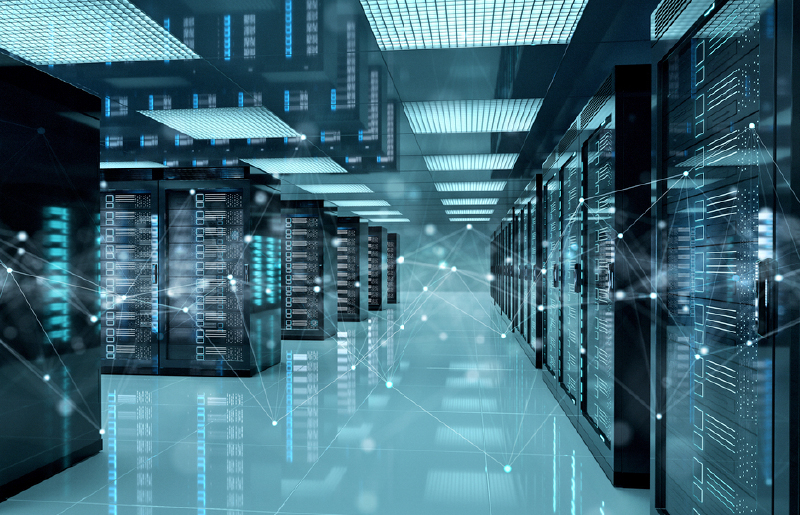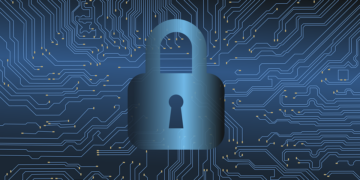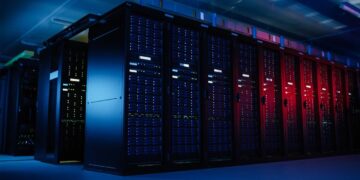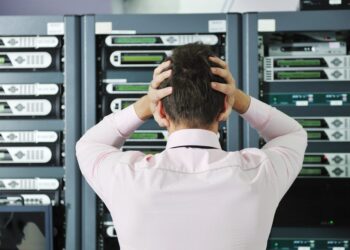In the relentless march of technological progress, the backbone of our digital world—server infrastructure—is undergoing a profound and continuous transformation. From the monolithic mainframes of yesteryear to today’s hyper-converged, cloud-native environments, the evolution has been nothing short of revolutionary. As data volumes explode, artificial intelligence demands unprecedented computational power, and global connectivity becomes ubiquitous, the future of server infrastructure isn’t just about faster processors or bigger hard drives. It’s about a paradigm shift towards greater intelligence, efficiency, sustainability, and resilience. For businesses striving to remain competitive, manage escalating operational costs, and deliver seamless digital experiences, understanding these emerging trends is not merely advantageous; it’s existential. This topic, brimming with technical innovation and strategic implications, is also a prime candidate for high Google AdSense revenue, drawing a sophisticated audience eager for in-depth insights. This comprehensive article will delve into the critical forces driving the next wave of server evolution, explore the groundbreaking technologies reshaping data centers, and outline the strategic imperatives for enterprises navigating this exciting new frontier.
The Shifting Landscape: Why Infrastructure Must Evolve
The demands placed on server infrastructure today are unprecedented and ever-growing. Several converging forces necessitate a rapid and radical evolution in how we design, deploy, and manage our digital foundations.
- Explosive Data Growth: We live in an era of zettabytes. Every click, transaction, sensor reading, and social media interaction generates vast amounts of data. Storing, processing, and analyzing this deluge requires infrastructure with immense scalable capacity and processing power.
- Rise of AI and Machine Learning: AI/ML workloads are fundamentally different. They demand specialized hardware (like GPUs and TPUs), massive parallel processing capabilities, and extremely low-latency access to data. Traditional server architectures often fall short.
- Edge Computing Imperative: As IoT devices proliferate and real-time decision-making becomes critical (e.g., autonomous vehicles, smart factories), data processing must move closer to the source. This shifts computational demands away from centralized data centers to the network edge.
- Sustainability and Energy Efficiency: Data centers are massive consumers of energy and water. With increasing environmental concerns and rising energy costs, sustainable and energy-efficient infrastructure design is no longer optional but a critical business and ecological imperative.
- Hybrid and Multi-Cloud Adoption: Few organizations rely on a single cloud provider or solely on their on-premises data centers. Managing workloads across disparate environments (on-premises, private cloud, public clouds) demands highly flexible, interoperable, and consistently managed infrastructure.
- Security Threats Escalation: The sophistication and frequency of cyber threats are increasing exponentially. Future server infrastructure must embed security at its core, from hardware-level protections to advanced threat detection and isolation capabilities.
- Demand for Low Latency and High Performance: Applications like real-time analytics, online gaming, and augmented reality require instantaneous responses. This pushes the need for infrastructure that can minimize latency and maximize throughput.
These drivers underscore that the future of server infrastructure is not a linear progression but a multifaceted transformation, encompassing hardware, software, networking, and operational paradigms.
Core Pillars Reshaping Future Server Infrastructure
The evolution of server infrastructure is built upon several foundational pillars, each representing a significant shift from traditional approaches.
A. Disaggregated and Composable Infrastructure
Traditional servers are monolithic, with fixed CPU, memory, and storage configurations. This often leads to underutilization of resources (e.g., a server might have ample CPU but run out of memory, leaving CPU capacity idle). Disaggregated and Composable Infrastructure (DCI) addresses this inefficiency.
- Resource Pools: DCI separates computing (CPUs, GPUs), memory (RAM), storage (NVMe, SSDs), and networking components into distinct, independent pools.
- Software-Defined Composition: A software layer dynamically composes these pooled resources on demand, assembling “virtual servers” or “logical servers” tailored precisely to the needs of a specific application or workload.
- Real-Time Allocation: Resources can be provisioned, de-provisioned, and reconfigured in real time, often via APIs, without physically moving hardware. This drastically improves resource utilization and agility.
- Benefits:
- Higher Resource Utilization: Eliminates resource silos and stranded capacity.
- Increased Agility and Flexibility: Rapidly adapts to changing workload demands.
- Reduced Over-Provisioning: Only allocate resources exactly as needed.
- Simplified Upgrades: Components can be upgraded independently.
This paradigm shift enables unprecedented elasticity and efficiency, crucial for dynamic cloud-native environments and AI workloads.
B. Specialized Processors and Accelerators
General-purpose CPUs, while versatile, are often inefficient for highly specialized tasks. The future is characterized by a proliferation of specialized processors and hardware accelerators.
- GPUs (Graphics Processing Units): Initially designed for graphics rendering, GPUs excel at parallel processing, making them indispensable for AI/ML training, scientific simulations, and big data analytics. Their architecture allows thousands of cores to work simultaneously on complex calculations.
- TPUs (Tensor Processing Units): Developed by Google specifically for machine learning workloads, TPUs are custom-designed ASICs (Application-Specific Integrated Circuits) optimized for the matrix multiplications central to neural networks. They offer even greater efficiency and speed for AI training and inference.
- FPGAs (Field-Programmable Gate Arrays): These are reconfigurable chips that can be programmed to perform specific functions with extremely low latency. They are ideal for high-frequency trading, real-time analytics, and custom cryptography, offering a balance between flexibility and performance.
- IPUs (Intelligence Processing Units): Graphcore’s IPUs are designed from the ground up for AI, focusing on efficient processing of sparse models and supporting new AI algorithms.
- Data Processing Units (DPUs) / SmartNICs: These intelligent network interface cards offload networking, storage, and security tasks from the main CPU, freeing up CPU cycles for application logic and reducing latency for data movement. They are critical for disaggregated architectures and efficient data flow.
- Edge AI Processors: Low-power, high-efficiency chips optimized for AI inference at the edge, enabling real-time analytics on IoT devices without sending data to the cloud.
This specialization ensures that the right compute power is matched to the right workload, driving unprecedented performance and energy efficiency.
C. Advanced Cooling Technologies
As server density and computational power increase, so does the heat generated. Traditional air cooling is becoming insufficient and inefficient. Future server infrastructure will heavily rely on advanced cooling technologies.
- Liquid Cooling:
- Direct-to-Chip (DTC) Cooling: Liquid coolant is circulated directly to a cold plate attached to hot components (CPUs, GPUs), capturing heat much more efficiently than air.
- Immersion Cooling: Servers are submerged in non-conductive dielectric fluid. This is highly efficient, captures nearly all heat, and can significantly reduce cooling energy consumption (PUE – Power Usage Effectiveness).
- Rear Door Heat Exchangers: Water-cooled heat exchangers integrated into the server rack’s rear door capture heat directly as it exits the servers, preventing hot air from mixing with cold air in the data center.
- Precision Cooling: Using sensors and AI to precisely direct cooling to where it’s needed most, optimizing energy use.
- Heat Reuse: Capturing the waste heat from servers and reusing it for building heating or other purposes, transforming a waste product into a valuable resource.
These innovations are critical for dense rack configurations, high-performance computing (HPC), and sustainable data center operations.
D. Software-Defined Everything (SDx) and Orchestration
The complexity of modern infrastructure necessitates a software-defined approach, where resources are abstracted and managed programmatically. Software-Defined Everything (SDx) and advanced orchestration layers are paramount.
- Software-Defined Networking (SDN): Decouples the network control plane from the data plane, allowing network behavior to be centrally programmed and automated. This enables dynamic traffic management, micro-segmentation for security, and rapid network provisioning.
- Software-Defined Storage (SDS): Abstracts storage hardware from its management, creating a virtual pool of storage that can be provisioned, managed, and scaled programmatically, independent of underlying hardware.
- Orchestration Platforms: Tools like Kubernetes, OpenStack, and comprehensive cloud management platforms automate the deployment, scaling, management, and networking of applications and their underlying infrastructure across diverse environments (on-premises, edge, cloud).
- Infrastructure as Code (IaC): Managing and provisioning infrastructure through code (e.g., Terraform, Ansible) rather than manual processes, ensuring consistency, repeatability, and version control.
- AI-Ops: Applying AI and ML to IT operations data (logs, metrics, alerts) to automate incident resolution, predict outages, optimize performance, and detect anomalies.
SDx and orchestration are the keys to achieving agility, scalability, and operational efficiency in complex hybrid cloud environments.
E. Sustainable and Green Infrastructure
Beyond advanced cooling, the future of server infrastructure is deeply intertwined with sustainability.
- Renewable Energy Integration: Powering data centers directly with renewable sources (solar, wind) or purchasing renewable energy credits.
- Energy Efficiency at Every Layer: From low-power components and efficient power supplies to optimized server utilization (minimizing idle power consumption) and smart power management.
- Modular and Reusable Design: Designing data centers and server components for easy repair, upgrade, and recycling, extending the lifecycle of hardware.
- Water Conservation: Implementing closed-loop cooling systems and minimizing water usage in cooling processes.
- Circular Economy Principles: Exploring models where hardware components are reused, refurbished, or responsibly recycled at the end of their life, minimizing e-waste.
- Location Optimization: Placing data centers in locations with naturally cooler climates or access to abundant renewable energy sources.
The pursuit of “net-zero” or “carbon-negative” data centers will become a defining characteristic of future infrastructure.
Key Technologies Driving Server Evolution
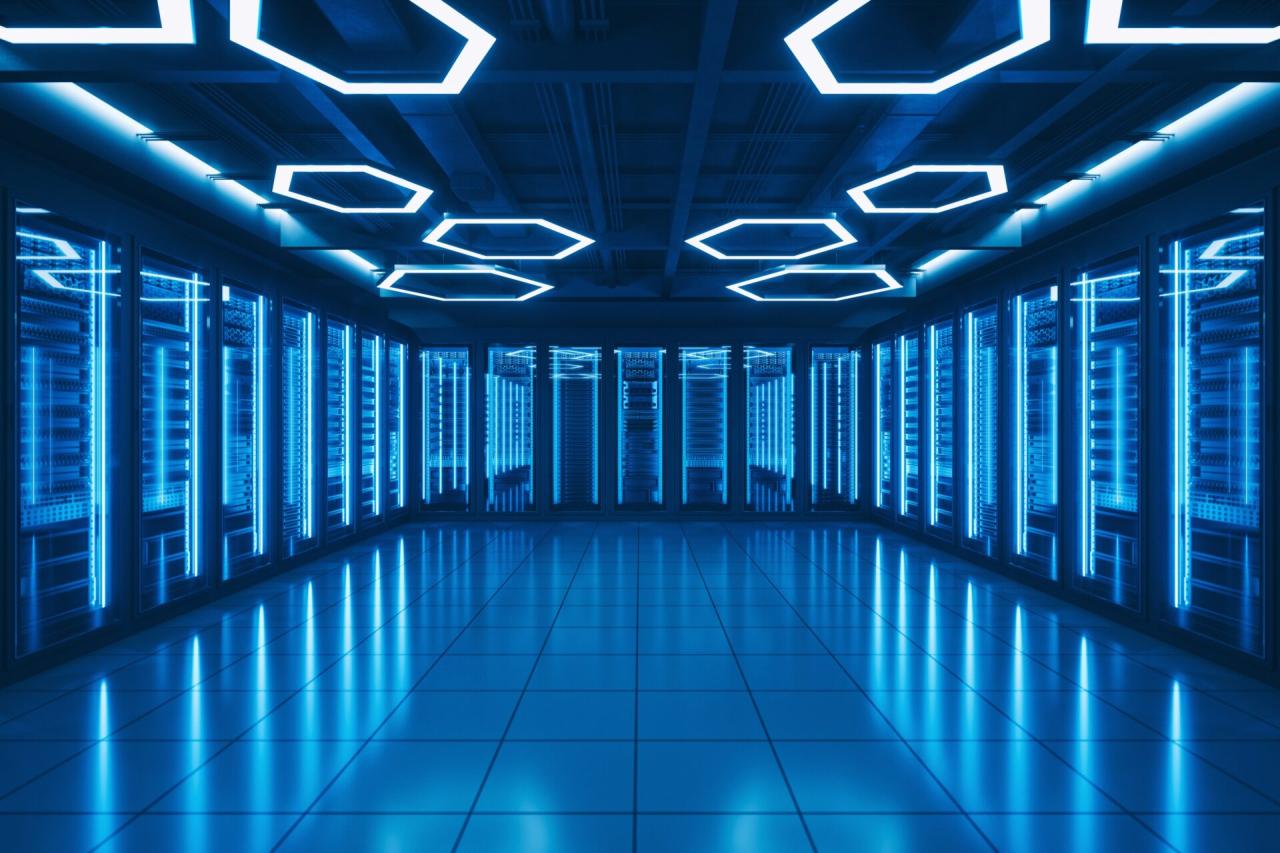
Specific technological innovations are underpinning these shifts, making the future of server infrastructure a reality.
A. Next-Generation Memory Technologies
Traditional DRAM has limitations in speed and density. New memory technologies are crucial for handling large datasets and accelerating AI workloads.
- HBM (High Bandwidth Memory): Stacked memory chips integrated directly onto the processor package, providing significantly higher bandwidth and lower power consumption compared to traditional DIMMs. Essential for GPUs and AI accelerators.
- DRAM-like Persistent Memory (e.g., Intel Optane PMem): Offers higher capacity than DRAM and persistence (retains data even when power is off) while being faster than traditional SSDs. Bridges the gap between memory and storage, accelerating databases and in-memory computing.
- CXL (Compute Express Link): A high-speed interconnect technology that allows CPUs, memory, and accelerators to efficiently share memory pools. This is fundamental for composable infrastructure and overcoming memory bottlenecks in heterogeneous computing.
B. High-Performance Networking
Data movement within and between servers, racks, and data centers requires incredibly fast and low-latency networks.
- Ethernet Advances (e.g., 400GbE, 800GbE): Continual increases in Ethernet speeds to handle massive data flows.
- NVMe over Fabrics (NVMe-oF): Extends the low-latency, high-performance benefits of NVMe SSDs over a network, enabling disaggregated storage architectures where storage can be shared efficiently across many servers.
- Silicon Photonics: Using light instead of electricity to transmit data, enabling ultra-fast, low-power data center interconnects, particularly for high-bandwidth applications.
C. Advanced Security at the Hardware Level
Security is shifting from being an add-on to being intrinsically built into the hardware.
- Trusted Platform Modules (TPMs) / Hardware Roots of Trust: Dedicated hardware components that provide a secure foundation for server boot processes, cryptographic operations, and platform integrity verification.
- Confidential Computing: Technologies that encrypt data while it’s in use (in memory and during processing), protecting it from unauthorized access even by cloud providers or system administrators. Examples include Intel SGX and AMD SEV.
- Hardware-Accelerated Cryptography: Dedicated hardware circuits that accelerate encryption and decryption processes, improving security performance without burdening the main CPU.
D. Quantum Computing and Quantum-Safe Cryptography
While still nascent, quantum computing represents a potential future extreme of specialized processing. It’s also driving the need for quantum-safe cryptographic algorithms to protect data from future quantum attacks. This will influence security hardware and software in the long term.
The Role of AI in Managing Future Infrastructure
AI is not just a consumer of advanced infrastructure; it’s also becoming instrumental in managing it. AI-driven infrastructure management will be pervasive.
A. Predictive Maintenance: AI algorithms analyze telemetry data from servers (temperature, fan speed, error logs) to predict hardware failures before they occur, enabling proactive replacement and minimizing downtime. B. Automated Resource Optimization: AI dynamically allocates and reallocates compute, memory, and storage resources based on real-time workload demands, optimizing performance and utilization without manual intervention. C. Anomaly Detection and Security: AI can quickly identify unusual patterns in network traffic or server behavior that might indicate a cyberattack or system malfunction, reacting much faster than human operators. D. Energy Efficiency Optimization: AI models can predict energy consumption based on workload patterns and environmental conditions, then optimize cooling and power delivery systems to minimize waste. E. Automated Troubleshooting: AI-powered systems can analyze logs and error messages, diagnose common problems, and even initiate automated fixes, reducing the burden on IT staff.
This symbiotic relationship between AI and infrastructure means that future servers will be inherently “smarter” and largely self-managing.
Strategic Implications for Businesses and Data Center Operators
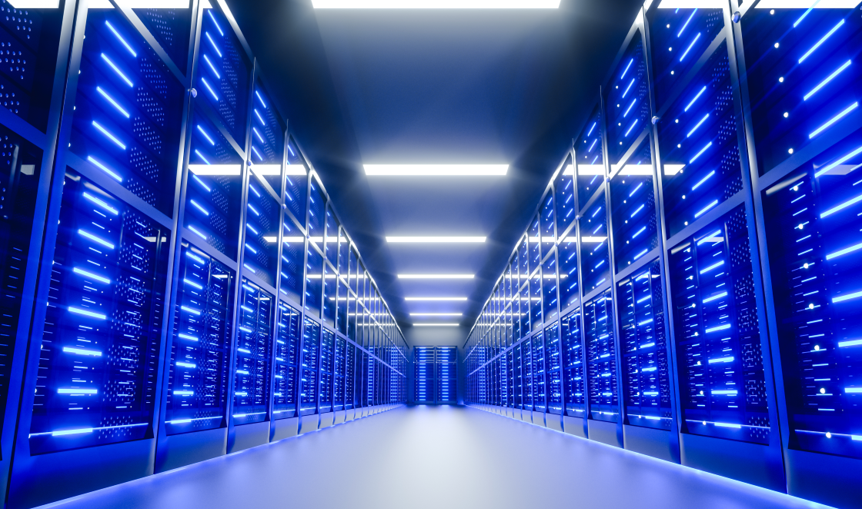
Navigating the future of server infrastructure demands a strategic shift in planning, investment, and operational models.
A. Embrace Hybrid and Multi-Cloud Architectures
Organizations must design infrastructure that seamlessly spans on-premises, private cloud, and public cloud environments, ensuring consistent management, security, and data governance. This requires robust orchestration and software-defined capabilities.
B. Invest in Talent and Skill Development
The shift towards software-defined, composable, and AI-managed infrastructure requires new skill sets in automation, data science, specialized hardware management, and cloud-native operations. Investing in training and attracting top talent will be crucial.
C. Prioritize Sustainability and Energy Efficiency
Beyond compliance, green infrastructure will be a competitive differentiator. Organizations must actively seek solutions that reduce their environmental footprint and operational costs through energy and water conservation.
D. Adopt a Security-First Mindset
Security must be integrated at every layer of the infrastructure, from chip-level protections to network segmentation and AI-driven threat detection. Trusting no component by default (Zero Trust) will become standard.
E. Plan for Data Proximity (Edge and Distributed Computing)
As real-time processing becomes vital, strategize how to process data closer to its source. This means investing in edge computing capabilities and designing distributed architectures that extend beyond traditional centralized data centers.
F. Modernize Legacy Systems Strategically
While embracing the future, organizations must also develop clear strategies for migrating or modernizing existing legacy applications and infrastructure, balancing innovation with continuity.
G. Foster a Culture of Automation and AI-Ops
Manual processes will become unsustainable. Cultivating a culture that embraces automation, infrastructure as code, and leverages AI for operational insights will be key to efficiency and resilience.
Powering Tomorrow’s Digital World
The future of server infrastructure is a dynamic tapestry woven from relentless innovation in hardware, revolutionary advancements in software-defined management, and a profound commitment to sustainability and security. From disaggregated and composable architectures that offer unparalleled agility to specialized processors that unleash the full potential of AI, the foundations of our digital world are being reimagined for an era of exponential data growth and real-time demands. Organizations that proactively embrace these shifts, invest in the right technologies, and cultivate the necessary skills will be best positioned to unlock new levels of performance, efficiency, and competitive advantage. This evolution is not just about building better data centers; it’s about engineering the intelligent, resilient, and environmentally conscious platforms that will power the next generation of digital innovation, ensure seamless user experiences, and provide the bedrock for a connected, AI-driven future—making it an evergreen topic for compelling content and strong AdSense performance.

